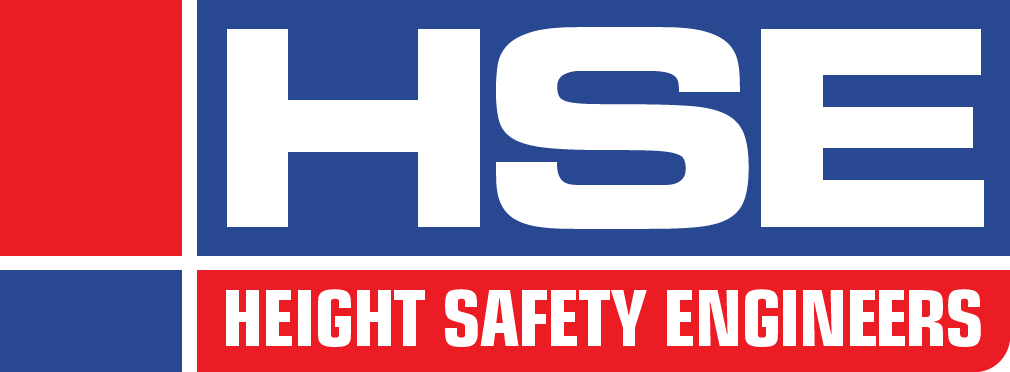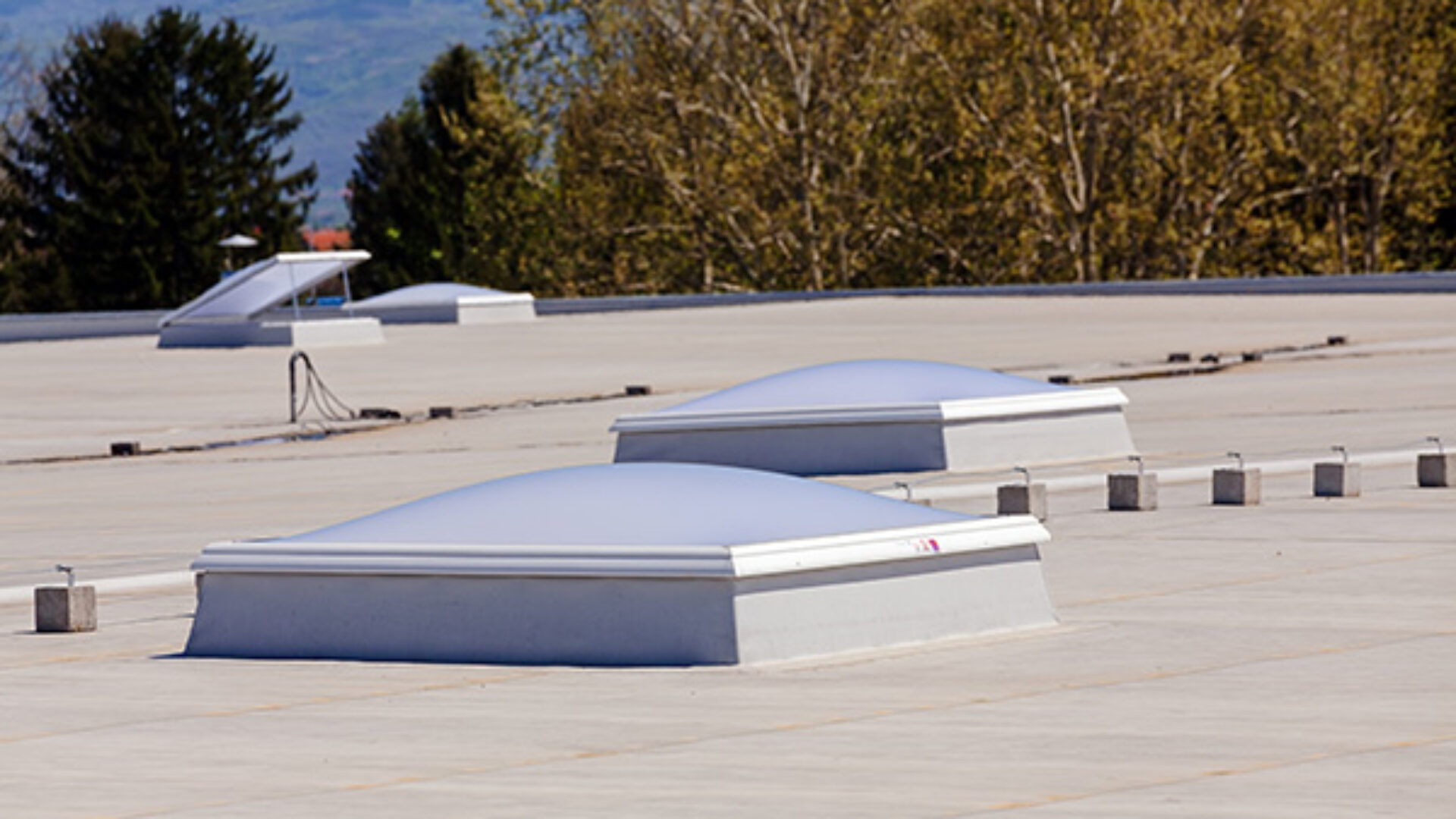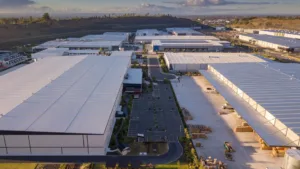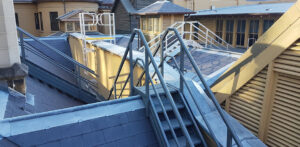Skylights are a common component of many commercial and industrial buildings.
They can consist of a simple polycarbonate roof sheet or a manufactured skylight fitting. Regardless of what they are made of, or how large they are, they should never be walked on by an employee or contractor carrying out work on a roof. Falling through a skylight or tripping over one can result in serious injury or even death.
Persons conducting a business or undertaking (PCBUs) are required to identify fall hazards and do all that is reasonably practicable to mitigate any risks. Therefore, having sufficient protection measures in place to protect employees and contractors from the risks posed by skylights is required. One way to determine what is reasonably practical is to review the hierarchy of control framework.
The hierarchy of control is a ranking method that can be referred to when evaluating different responses to a risk. As shown below, risk control measures are ranked from the highest level of protection and reliability to the lowest.
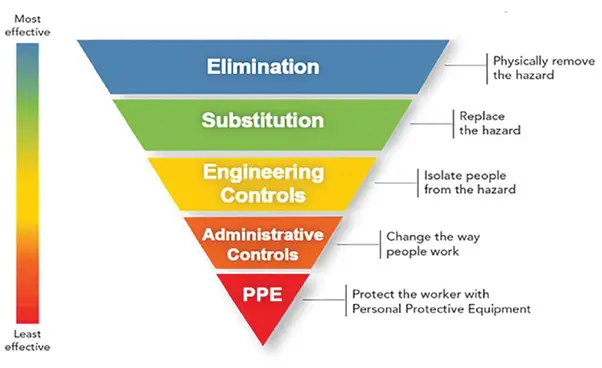
Following this framework, the most effective way to protect people from skylights would be to have any skylights fenced off completely, thereby isolating people from the hazard. However, this is often not practical.
Another high hierarchy strategy would be to have mesh over the skylight so that someone can’t fall through if they do walk on it.
Ultimately, the type of protection measures that should be put in place depends on the unique characteristics of an individual commercial building, how the roof is used as well as what type of skylights have been installed.
Let’s first look at some protection measures which should be considered for roof sheet skylights.
Polycarbonate roof sheet skylights
Most large commercial buildings such as warehouses have roof sheet style skylights which are usually installed with mesh on the underside of them. If the mesh is in good shape, then people can just step over the skylight and avoid the risk of falling through. But if the building is old, there may be some uncertainty about the mesh’s integrity. This is something PCBUs need to investigate and check.
Safety wire mesh must comply with Australian Standard AS/NZS 4389 which specifies the minimum requirements for the design, construction, testing and installation of the product. PCBUs should ensure that any existing mesh meets this requirement. If a building’s mesh does not meet this standard, it needs to be replaced.
If the wire mesh used is not made of stainless steel, it may have corroded over time, rendering it structurally unsound. Again, PCBUs need to check whether this is the case and replace any mesh that has corroded.
Other factors which need to be considered by PCBUs include the fact that safety mesh does not control the risk of falling from the perimeter or through penetration hazards. Therefore, safety mesh always needs to be used with appropriate edge protection, guardrails or fall arrest systems and devices.
Another big consideration is the colour of the polycarbonate. If it blends in with the roof colour, it can easily be missed and stepped on. This can be a problem on a bright sunny day with high-glare conditions — in which case additional steps need to be taken to increase its visibility.
Ideally, polycarbonate roof sheet skylights should be protected by a properly installed mesh cover in conjunction with crossover options to provide easy access and peace of mind. Note in the example image below, the physical protection measures are further paired with warning signs, providing an excellent level of protection.
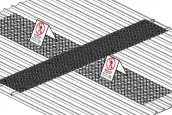
Manufactured skylights
All manufactured skylights are required to comply with AS4285:2019. However, PCBUs shouldn’t just assume that their manufactured skylights meet this standard. It is good practice to independently confirm they do.
Manufactured skylights which meet this standard will have a level of impact resistance that is likely to sustain a casual miss step. However, the protective dome should not be automatically considered to be of sufficient strength to support the entire body weight of a person. Much depends on the size, shape and condition of the skylight. For example, time in the sun and harsh weather can have a detrimental impact on the protective dome, lowering its strength.
With that in mind, if there is any question as to whether the skylight is impact resistant, we would recommend some level of increased protection. If the roof is going to be regularly accessed and/or highly trafficked by workers, it may be more effective to install a roof-m
ounted guardrail around the skylight. This can be appropriate if workers will be facing equipment with the skylight behind them and may accidentally step back on to it.
Installing anchor points to allow access up to the edge of the skylight could also be incorporated into the safety system to provide a higher level of protection.
Ultimately, if a PCBU is unsure about the integrity of their current safety system or whether their skylights need some additional protection, they should reach out to an expert and arrange an inspection.
Need help understanding your responsibilities regarding height and safety? Or want to ensure you are meeting your workplace obligations?
Height Safety Engineers are experts in the design, installation, and certification of height safety systems. We can design, fabricate, and install systems for fall arrest, fall restraint and fall prevention needs.
Our expert team can provide you with a safety system design specific for your location, using only the highest-quality components sourced from handpicked suppliers ensuring your safety system meets the highest standards.
With industry-leading and best practice design principles guiding our work, Height Safety Engineers can develop a height safety or roof access system that arrives on time, on budget and is fully compliant with Australian standards.
Height Safety Engineers have over a century of combined experience in designing and installing best practice height and roof safety solutions, made perfect.
